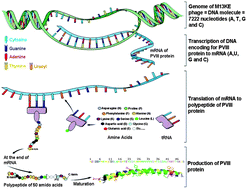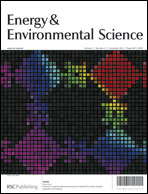Biologically templated electrodes for Li-ion batteries are proposed. However, many questions regarding their practicality and their use on a large scale remain. Herein we revisit the phage-assisted synthesis of Co3O4 nanoparticles so as to identify the bio-chemistry/chemistry involved beyond this engineering phage synthetic approach and weigh its overall benefit. Various synthesis approaches to mimic the role of the phage which consist of using (i) wild or genetically modified phages made by insertions of specific peptides in the capsid protein, (ii) free peptides, and (iii) MWCNTs as the template were tried, and the resulting Co3O4 nanoparticles were checked for their morphology, size, organization, and electrochemical performances. We spotted the importance of a tetra-peptide motif in the Co3O4 nucleation/texturation process, whether this motif is part of the phage capsid or not, suggesting that the structure of the whole phage is not necessary for the production of the nanoparticles. In light of such findings the use of self-organized peptides or engineered bacteria for the templated synthesis of materials on a larger scale is proposed.

You have access to this article
 Please wait while we load your content...
Something went wrong. Try again?
Please wait while we load your content...
Something went wrong. Try again?


 Please wait while we load your content...
Please wait while we load your content...